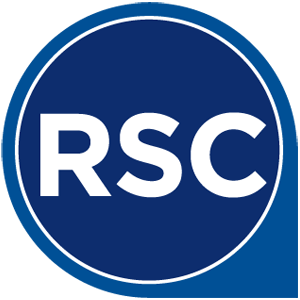Preventive maintenance work orders are proactive actions, like changing oil in a car regularly, or putting a new roof on a house every fifteen years. Companies require maintenance requests on air handling units, elevators, life safety equipment, etc.
In IWMS, there are two types of preventive maintenance requests: fixed and floating. Each has its uses and its downfalls.
Fixed Preventive Maintenance Requests
A fixed request follows a set schedule as to when the maintenance needs to be performed and sends out notifications accordingly. For example, if a regulatory agency requires that a certain piece of equipment needs to have work done every three months, the IWMS system can be set to send out a notification every three months regularly.
The downfall to this type of maintenance request is that if the craftsperson gets busy, as they do, and cannot complete the request according to the schedule, the notification will still be sent on the preset three month schedule, whether the work has been checked as completed or not.
Floating Preventive Maintenance Requests
A floating request does not follow a set schedule, but instead adds the interval from the last date the maintenance was performed. So, if a piece of equipment needs to be maintained every three months, the three months will be added from the last date on which the work was completed.
The downfall to this type of request is that if a regulatory agency requires that the maintenance be done four times a year and the craftsperson is unable to complete the work, it may not fulfill the deadlines and regulations the agency has put. This feature is better for equipment that does not require a regulatory review.
Either of these two features are good for maintaining a variety of equipment depending on the different regulations put on them. Companies can use either or both of these features for an effective and regular maintenance.
Like what you read? Follow us on Twitter, Facebook, and Linkedin! Subscribe to our mailing list to keep up to date with the latest news from RSC, LLC.
Thoughts? Questions? Comment below and let us know what you think! We'd love to hear your insights.




.PNG)











.PNG)




.png)
.png)



